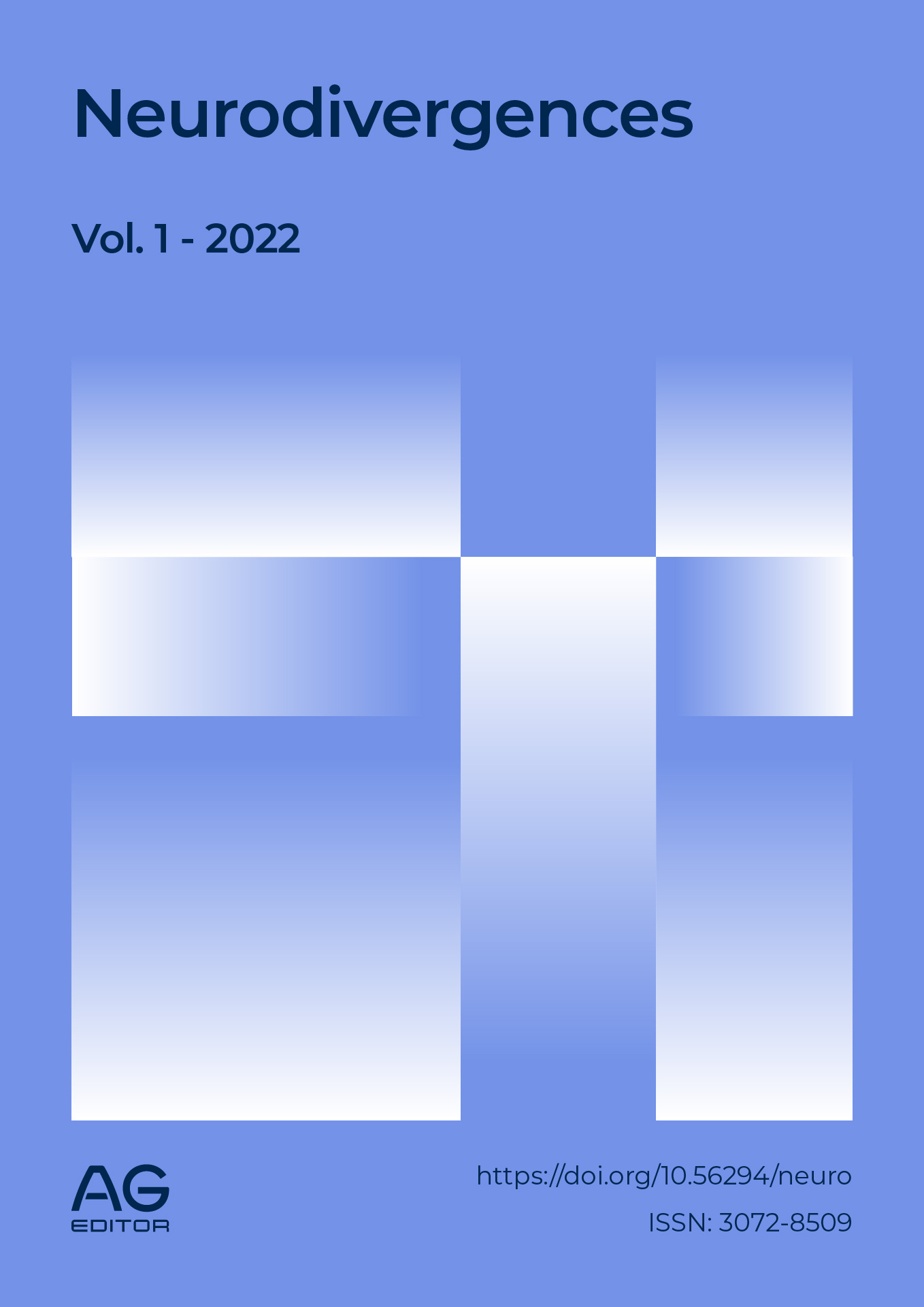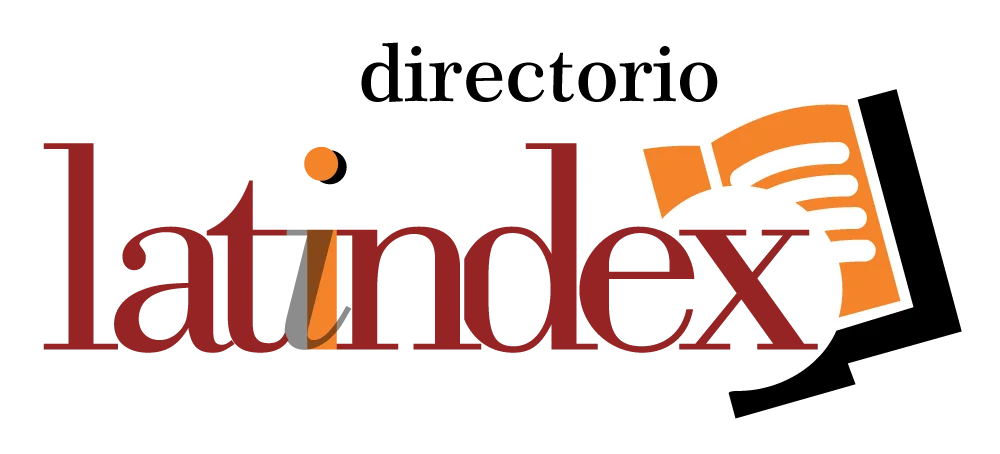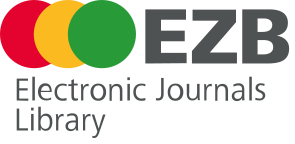Digital technologies for the inclusion of children with ASD: development of an educational application
DOI:
https://doi.org/10.56294/neuro202224Keywords:
Autism Spectrum Disorder, inclusion, ICTs, educational applications, accessibilityAbstract
The study addressed Autism Spectrum Disorder (ASD) as a neurodevelopmental condition that affected communication, social interaction, and behavior. It highlighted that its manifestations varied widely between individuals and stages of development, requiring an interdisciplinary approach and inclusive public policies. In Argentina, National Law No. 27043 declared the research, detection, and treatment of ASD to be of national interest, reinforcing the need to develop strategies that guarantee rights and opportunities.
Within this framework, Information and Communication Technologies (ICTs) were analyzed as fundamental tools for inclusion. Digital applications, in particular, offered support in education, communication, and socialization, facilitating the personalization of learning and reducing barriers associated with disability. However, existing solutions, such as PECS, PictoTEA, and DECIDE, had limitations related to their accessibility, usability, and multi-platform compatibility.
The proposed project focused on designing and developing an innovative educational application for children with ASD, based on pedagogical criteria of simplicity, absence of distracting stimuli, and use of visual aids. To this end, current technologies such as Dart, Flutter, and Firebase were used, which offered advantages in terms of efficiency, flexibility, and multi-platform capability.
The work showed that the use of ICTs in addressing ASD was an effective resource for improving quality of life and promoting social inclusion. The proposal was presented as an improved alternative that integrated technology, pedagogy, and accessibility for the benefit of educational equity.
References
Ministerio de Salud y Desarrollo Social, Presidencia de la Nación. Consenso sobre diagnóstico y tratamiento de personas con trastorno del espectro autista. 2019.
George JE. El manual del Autismo. Canadá: British Columbia; 2011.
Giménez M, Cantabrana J, Cervera M. El papel de las tecnologías digitales en la intervención educativa de niños con trastorno del espectro autista. Rev Interuniv Investig Tecnol Educ [Internet]. 2018 [citado 2025 ago 26]; doi: https://doi.org/10.6018/riite/2018/327991
Organización Mundial de la Salud. Autism spectrum disorders [Internet]. 2022 [citado 2025 ago 26]; Disponible en: https://www.who.int/es/news-room/fact-sheets/detail/autism-spectrum-disorders
Published
Issue
Section
License
Copyright (c) 2022 Néstor Adrian Aguirre (Author)

This work is licensed under a Creative Commons Attribution 4.0 International License.
The article is distributed under the Creative Commons Attribution 4.0 License. Unless otherwise stated, associated published material is distributed under the same licence.






